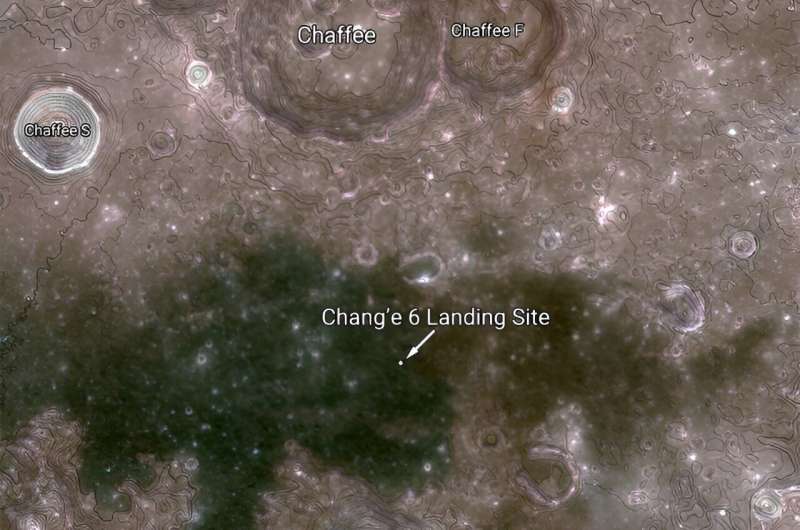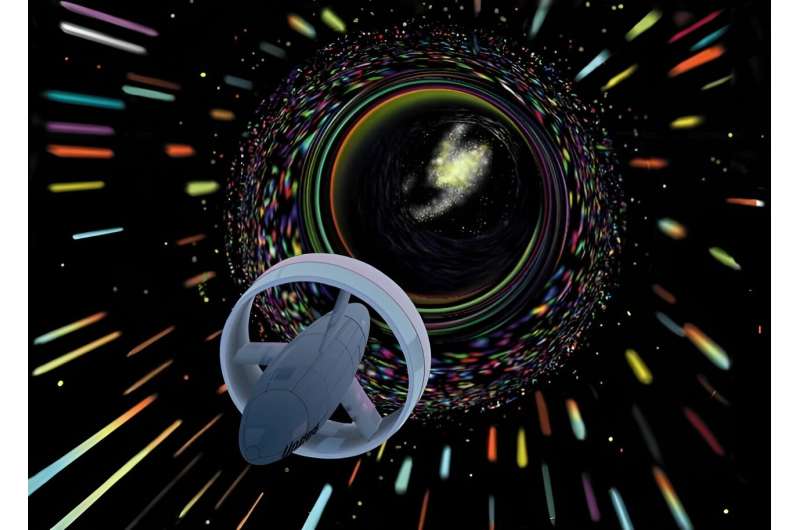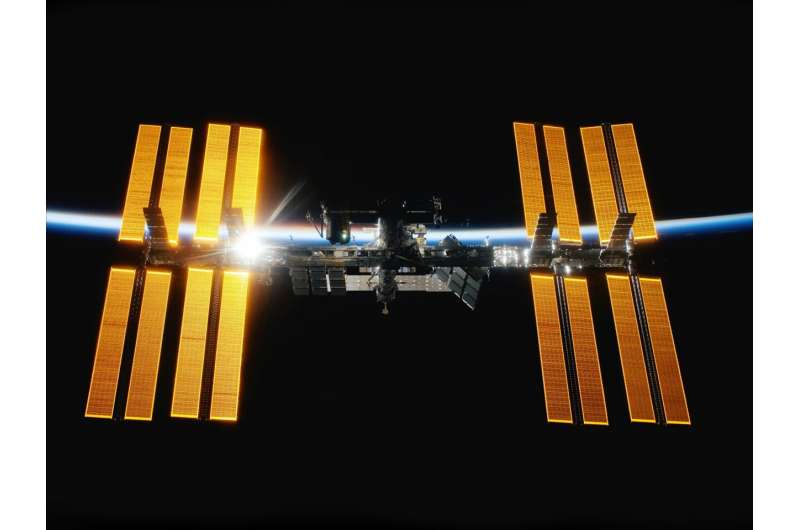Mitsubishi Electric to Ship GaN MMIC Power Amplifier Samples for Ka-band SATCOM
Tuesday, 18 June 2024 03:45 Mitsubishi Electric Corporation (TOKYO: 6503) announced today that it will begin shipping samples of 8W and 14W gallium nitride (GaN) monolithic microwave integrated circuit (MMIC) power amplifiers for use in Ka-band satellite-communication (SATCOM) earth stations from July 1.
While the mainstream frequency for satellite communications is currently the Ku-band (13GHz to 14GHz), the higher
Mitsubishi Electric Corporation (TOKYO: 6503) announced today that it will begin shipping samples of 8W and 14W gallium nitride (GaN) monolithic microwave integrated circuit (MMIC) power amplifiers for use in Ka-band satellite-communication (SATCOM) earth stations from July 1.
While the mainstream frequency for satellite communications is currently the Ku-band (13GHz to 14GHz), the higher Pair Plasmas Generated in Laboratory Setting
Tuesday, 18 June 2024 03:45 Black holes and neutron stars are among the densest known objects in the universe. Within and around these environments exist plasmas, the fourth state of matter alongside solids, liquids, and gases. Specifically, these plasmas are known as relativistic electron-positron pair plasmas because they consist of electrons and positrons moving at nearly the speed of light.
While these plasmas ar
Black holes and neutron stars are among the densest known objects in the universe. Within and around these environments exist plasmas, the fourth state of matter alongside solids, liquids, and gases. Specifically, these plasmas are known as relativistic electron-positron pair plasmas because they consist of electrons and positrons moving at nearly the speed of light.
While these plasmas ar Watery Planets Orbiting Dead Stars Could Be Good Candidates for Life Study
Tuesday, 18 June 2024 03:45 The small footprint and dim light of white dwarfs, remnants of stars that have burned through their fuel, may make excellent backdrops for studying planets with enough water to harbor life.
The challenge lies in detecting the shadow of a planet against a former star that has shrunk significantly and ensuring that it has maintained its water oceans for billions of years, even after enduring
The small footprint and dim light of white dwarfs, remnants of stars that have burned through their fuel, may make excellent backdrops for studying planets with enough water to harbor life.
The challenge lies in detecting the shadow of a planet against a former star that has shrunk significantly and ensuring that it has maintained its water oceans for billions of years, even after enduring 7 Essential Tools for Diagnosing and Resolving Dirty Power Issues
Monday, 17 June 2024 22:41 Many people and businesses encounter challenges related to power. These include disturbances such as sudden voltage changes, surges, dips, fluctuations, and unwanted harmonics that can disrupt equipment operations and harm delicate electronic gadgets.
Identifying and addressing power problems is essential to preventing data loss, frequent equipment breakdowns, and potential safety risks. I
Many people and businesses encounter challenges related to power. These include disturbances such as sudden voltage changes, surges, dips, fluctuations, and unwanted harmonics that can disrupt equipment operations and harm delicate electronic gadgets.
Identifying and addressing power problems is essential to preventing data loss, frequent equipment breakdowns, and potential safety risks. I Spain’s Ienai Space gets funds to demo electrospray thrusters
Monday, 17 June 2024 20:15

GAO raises red flags over supply chain issues and delays in DoD space programs
Monday, 17 June 2024 19:34

NASA's LRO spots China's Chang'e 6 spacecraft on lunar far side
Monday, 17 June 2024 18:32
Gilat takes to the air with $245 million Stellar Blu takeover plan
Monday, 17 June 2024 17:56

Warp drives could generate gravitational waves
Monday, 17 June 2024 17:18
Will future humans use warp drives to explore the cosmos? We're in no position to eliminate the possibility. But if our distant descendants ever do, it won't involve dilithium crystals, and Scottish accents will have evaporated into history by then.
Warp drives have their roots in one of the most popular science fiction franchises ever, but they do have a scientific basis. A new paper examines the science behind them and asks if a warp drive containment failure would emit detectable gravitational waves.
The paper is titled "What no one has seen before: gravitational waveforms from warp drive collapse," and it is posted to the arXiv preprint server. The authors are Katy Clough, Tim Dietrich, and Sebastian Khan, physicists from institutions in the U.K.
Cells grown in microgravity show 3D structures that could be used in medicine
Monday, 17 June 2024 17:01
Humanity is on the verge of entering a new era of space exploration, with the Artemis III mission planning to return humans to the moon in 2026, for the first time in 50 years. Not only will Artemis see a woman and a person of color walk on the lunar surface for the first time, but the week-long mission to the south pole of the moon will begin a period of longer and longer stays in space.
This means that the impact of space environments on human health needs to be thoroughly investigated. This includes understanding the effect of "weightlessness" due to the microgravity found in space on physiology. While this seems to be negative, scientists are also investigating the impact of microgravity on cells, which suggests that microgravity can be advantageous.
NASA again delays Boeing Starliner's return home
Monday, 17 June 2024 12:23
NASA said June 14 that the Boeing Starliner and its crew will now return to Earth from the International Space Station no earlier than Saturday, June 22.
"The extra time allows the team to finalize departure planning and operations while the spacecraft remains cleared for crew emergency return scenarios within the flight rules," NASA said on its Kennedy Space Center blog.
The Starliner's test mission launched on June 5 from KSC with astronauts Butch Whitmore and Suni Williams. During its journey to the ISS, helium leaks were found in the spacecraft's thruster system.
Earlier in the week, NASA said its teams were continuing to assess what impacts, if any, the five small helium leaks would have on Whitmore's and Williams' return to Earth. At that time, the space agency scheduled Starliner's return for Tuesday, June 18, "pending weather and spacecraft readiness."
NASA has said that engineers had determined the helium leaks shouldn't impact Starliner's return. The agency said the craft had enough helium for 70 hours of free flight time when only seven hours would be required as part of its journey home.
Rocket Lab to Expand Semiconductor Production for Spacecraft with CHIPS Act Funding
Monday, 17 June 2024 09:00 Rocket Lab USA, Inc. (Nasdaq: RKLB) has announced the signing of a non-binding preliminary memorandum of terms (PMT) with the Department of Commerce to receive up to $23.9M in funding under the CHIPS and Science Act. The investment aims to increase Rocket Lab's production of compound semiconductors for spacecraft and satellites by expanding and modernizing its facility in Albuquerque, New Mexico
Rocket Lab USA, Inc. (Nasdaq: RKLB) has announced the signing of a non-binding preliminary memorandum of terms (PMT) with the Department of Commerce to receive up to $23.9M in funding under the CHIPS and Science Act. The investment aims to increase Rocket Lab's production of compound semiconductors for spacecraft and satellites by expanding and modernizing its facility in Albuquerque, New Mexico 






